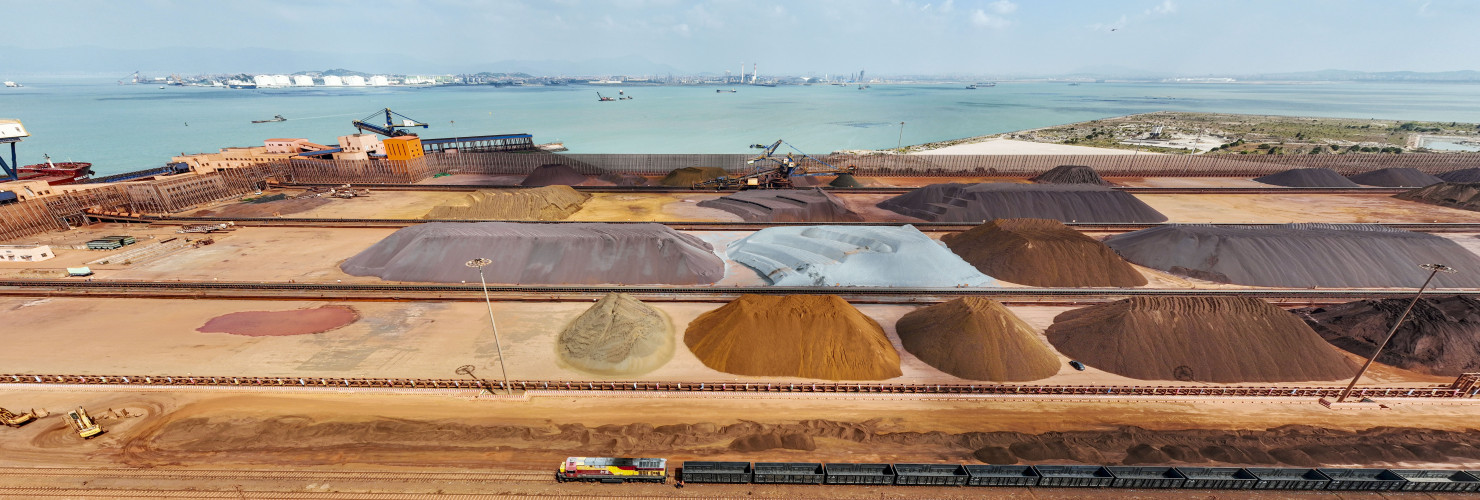
We are therefore rebranding this quarterly report the ‘China Global Competition Tracker’ to reflect the political, economic, corporate, and technological competitiveness of China across the world. The tracker’s core components will largely remain the same, but the focus will shift to implications for European actors meeting China as a competitor in third markets.
In this edition, Jacob Gunter looks at China’s efforts to secure supplies of an often over-looked basic resource – iron ore. China’s vast steel industry demands massive supplies of iron ore and depends on imports from Australia and Brazil. Beijing and Canberra are increasingly at odds, while shipments from Brazil must travel one of the longest possible distances between any two countries on earth. China has a two-pronged strategy to address this. First, diversification towards existing and new sources, but this is insufficient to fully offset China’s dependency. Second, Beijing is creating a new SOE, the China Mineral Resources Group, to centralize China’s iron trading. This promises drastic changes to global iron and steel markets. Europe could see significantly lower prices for Chinese steel, with implications for European steelmakers, and for steel-intensive sectors like the automotive, shipbuilding, and rail industries.
In our Regional Spotlight section, Aya Adachi explores global competition for economic influence in the Association for Southeast Asian Nations (ASEAN) region. China is the chief trade player in the ASEAN region and an important partner for infrastructure. But it has not achieved similar prominence in FDI – its investments have trailed behind even South Korea’s in the last decade. China barely matches either EU or US investment in southeast Asia and lags behind Japan. For Europe, deeper economic ties with ASEAN and its member countries are valuable in the broader competition with Beijing, as well as being good business for European companies. Francesca Ghiretti zooms in on the EU itself and explains how the EU is responding to the challenge of competing with China and assesses its successes and shortcomings. She argues that Brussels made progress in 2022 building up a toolkit to manage how economic challenges and distortions from China impact the European common market. Measures to build greater resilience are in the pipeline. But when it comes to external competition with China, Brussels has yet to make significant progress.
No comments:
Post a Comment